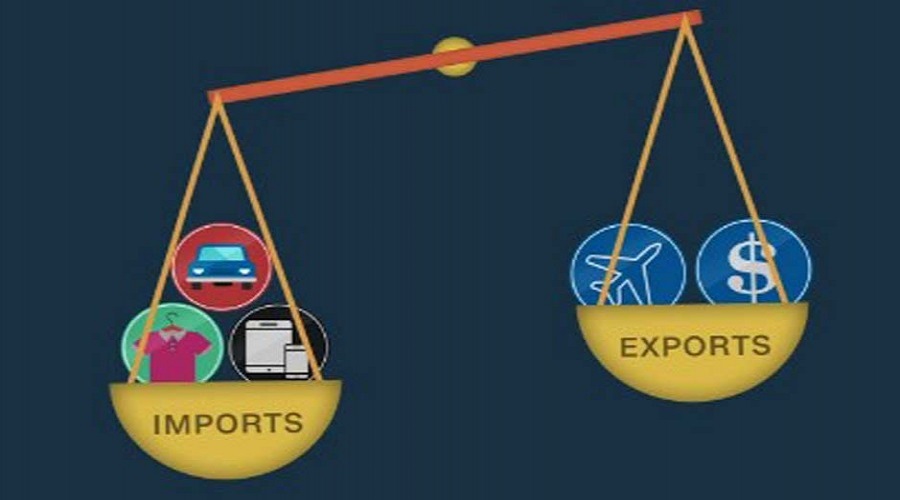KAATHMANDU: Nepal, a nation deeply entwined in international trade, is confronting a persistent challenge of trade imbalances as it navigates bilateral engagements with over 156 countries worldwide. Recent statistics from the Department of Customs reveal a stark reality: Nepal experienced a trade surplus with only 29 out of its 156 trade partners during the initial seven months of the current fiscal year 2023/24.
The trade imbalances with major trading partners have resulted in a staggering total trade deficit of Rs. 811.11 billion during this period. While the deficit remains substantial, there’s a noteworthy decrease attributed to a decline in both import and export activities compared to the corresponding period last year.
Nepal’s export figures suffered a 7.07 percent decline, amounting to Rs. 86.83 billion, while imports dropped to Rs. 897.94 billion during the review period. The inability to augment production and productivity of export goods has been identified as a key factor contributing to the persistent trade deficit.
The country did witness a trade surplus with certain nations, but the amounts have proven insufficient to counterbalance the broader trade deficit. Notably, the United States and Denmark emerged as the leading contributors to Nepal’s trade surplus during the first seven months of the fiscal year, with surpluses of Rs. 364 million and Rs. 278 million, respectively.
In the case of the United States, Nepal exported goods worth Rs. 9.54 billion while importing goods valued at Rs. 9.17 billion. With Denmark, the country exported goods worth Rs. 539 million and imported goods worth Rs. 261 million during the same period.
However, these surpluses, while positive, are relatively modest in comparison to the overall trade deficit, highlighting the complex challenges faced by Nepal in balancing its foreign trade.
On the flip side, Nepal grapples with substantial trade deficits with its immediate neighbors, India and China. The trade deficit with India soared to Rs. 496.03 billion, while with China, it stood at Rs. 171.23 billion during the review period.
Addressing these imbalances and fostering economic resilience in the face of global trade dynamics remains a key focus for Nepal.
The nation continues to explore measures to boost the production capacity of export-oriented goods and enhance overall trade competitiveness. As Nepal seeks sustainable solutions, the management of trade relations with major partners, especially India and China, will likely play a pivotal role in shaping the economic trajectory of the nation.

